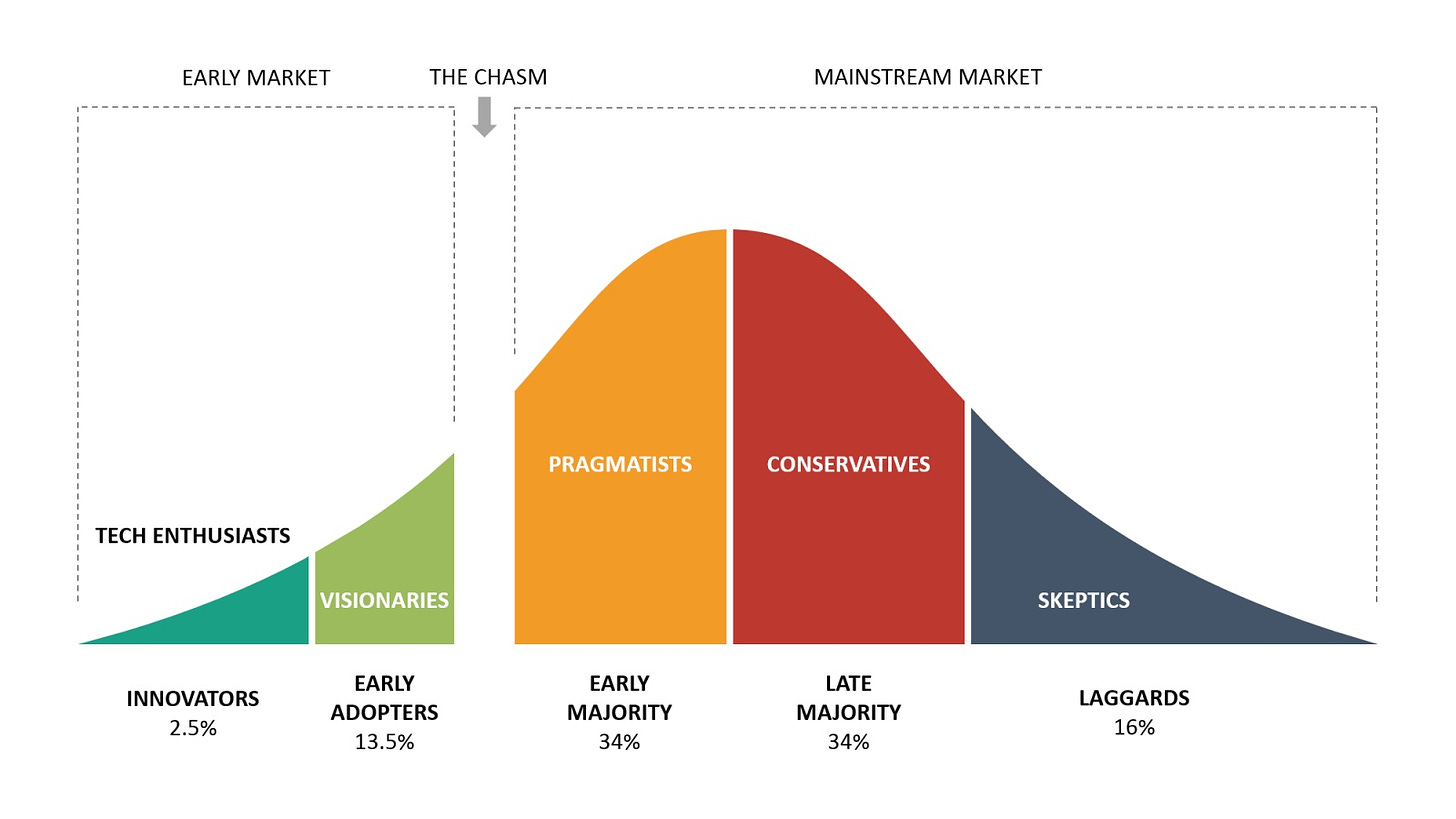Organizational leaders are often intimidated when they begin their data and analytics (D&A) journey. In reality, getting started with analytics is the easiest part.
Much bigger challenges lie ahead.
Achieving user adoption (analytics adoption) of solutions is tough. And the real killer is in scaling up your organization’s analytics maturity beyond the first few projects.
Let’s start at the beginning. Why is it relatively easy to launch analytics? Every organization has some obvious pain points that are easy to spot and fix with data.
These low-hanging fruits are your natural first projects. It’s equally easy to spot early adopters – people who are passionate about new technology and are eager to try new stuff.
But once you get past these initial quick wins, things get more challenging.
It’s tricky to identify the next set of projects to deliver sizeable outcomes. Executing them calls for deeper technology skills. Get these two right, and you might stumble at expanding your user base to promote data-driven decisions company-wide.
Default habits devour data strategy for dinner.
No wonder, 91% of leaders report organizational culture as their topmost barrier to becoming data-driven.
Why is it so hard to onboard new users onto data-driven decisions?
The technology adoption lifecycle gives us vital clues.

(Photo: Technology Adoption Curve – Image source: ThinkInsights)
Most technology innovations are embraced first by ‘innovators’ and ‘early adopters.’
These are folks who queue up to buy the first version of the Apple Watch or race to upgrade Android OS on their phones. They aren’t baffled by new technology and don’t mind braving a few early bugs.
But the next set of users, the ‘early majority,’ isn’t as curious or forgiving. It’s an uphill task to onboard the ‘late majority.’ Finally, neither the carrot nor the stick works with ‘laggards.’
A significant gap exists between the first 16% of users and the rest. Crossing this chasm isn’t easy, said Geoffrey A. Moore in his bestselling book.
It’s this chasm that plays spoilsport when you expand analytics initiatives beyond the first few projects in an organization.
So, how do you cross the chasm with data analytics?
Moore reveals several approaches in his book. I’ll share one tip here.
Turn your innovators and early adopters into data champions.
When nurtured well, a few dozen of these early users can turn ambassadors and carry the message to all corners of the organization. Data champions act as evangelists to convince their peers in a language that they readily understand.
Word-of-mouth marketing can be far more potent than the best-planned campaign.
How do you identify the data champions?
Don’t look for people who are experts in technology or for those with certifications in analytics. Data champions are a very different breed. They are:
- Functional users with domain expertise.
- Energetic who often volunteer for new initiatives.
- Passionate about new technology and show a curiosity for data.
- Adept at learning new skills and persistent with new solutions.
- Good communicators who their peers trust.
How can you empower the data champions?
Data champions usually don’t need formal positions, but it doesn’t hurt to brand them as data ambassadors. Give them credit for the small wins they secure along the way in promoting data-driven decisions.
Energize them, grow their tribe, and catapult the adoption of data-driven decisions.
Watch out for these pioneers, for you can readily groom them into leadership roles in change management.

